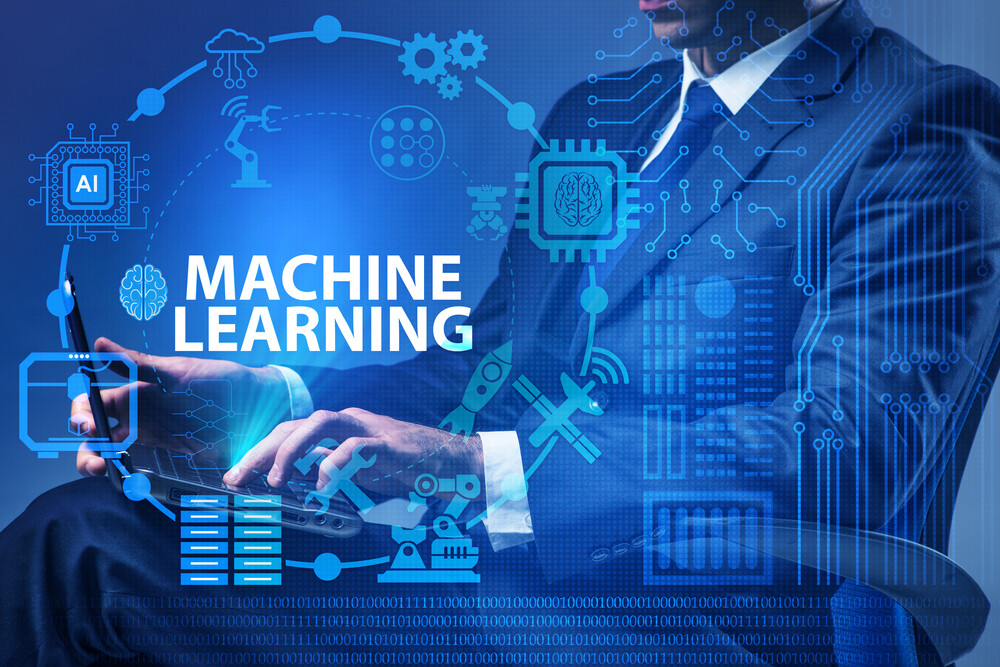Survey says 80% of corporations are finding it difficult to devise effective machine learning strategies.
In the 21st century, it is hard to imagine a life without artificial intelligence. From improving efficiencies to augment human capabilities, AI is intertwined to do anything and everything. Artificial intelligence refers to multiple technologies like machine learning, algorithm, deep learning, etc. that helps in providing significant development opportunities to businesses. Cost-effective, better customer experience, and all new features are some of the major benefits of machine learning strategies. Still, many companies are failing to develop working AI strategies because there are certain barriers, one needs to overcome before you apply the power of machine learning to your business and operations.
According to Rackspace Technology’s new survey, among 1,870 organizations from different sectors, including finance, retail, manufacturing, healthcare, and government only 20% of companies have mature AI/machine learning strategies. Others are still finding a way out to make it work. Few major challenges organizations face are in the areas of skills, data, and strategy when they integrate AI technologies into their operations, and this is why most machine learning strategies fail.
AI Models Live on Compute Assets and Data:
Data continues to remain a significant obstacle in various phases of preparation and embracing an AI procedure. In the Rackspace survey, 34% of the respondents blamed poor data quality for the failure of machine learning strategies whereas, 31% said they lacked production-ready data.
Data engineers try their best to overcome this obstacle because data quality is very important when it comes to using machine learning to extract valuable insights. While the AI research community has access to numerous public datasets for preparing and testing their most recent AI innovations when it comes to applying in areas like healthcare and government sectors, getting access to quality data is not easy.
Machine Learning and Data Science Talent
After data quality, most of the companies struggle in getting access to machine learning and data science talent. As per Rackspace’s survey, the absence of in-house skill was the second greatest driver of disappointment in AI R&D drives. The absence of expertise and trouble in recruiting was likewise a critical obstruction in receiving AI innovations.
With machine learning strategies and data science having arrived at standard use underway conditions recently, numerous more modest organizations don’t have information researchers and AI engineers who can foster AI models.
Furthermore, the normal compensation of information researchers and AI engineers coordinate with those of experienced programmers, which makes it hard for some organizations to assemble a gifted group that can lead its AI drive.
Every association should make a full assessment of in-house ability, accessible apparatuses, and incorporation prospects before entering an AI initiative. Knowing the amount, you can depend on your designers and the amount it will cost to employability will be a characterizing factor in the achievement or disappointment of your AI drives.
Utilizing the AI Ability
Another pattern that has seen development as of late is the re-evaluation of AI drives. Just 38% of the Rackspace overview respondents depended on in-house ability to foster AI applications. The rest were either completely rethinking their AI projects or utilizing a mix of in-house and rethought ability.
To summarize, if you’re accountable for the machine learning strategies in your association, make sure to lay out the utilization cases, the expenses, and the advantages of your AI system. Chiefs ought to have a reasonable image of what their organization will leave on. They ought to comprehend the transient advantages of putting resources into AI, however, they ought to likewise know what they will acquire over the long haul.
This article has been published from the source link without modifications to the text. Only the headline has been changed.




